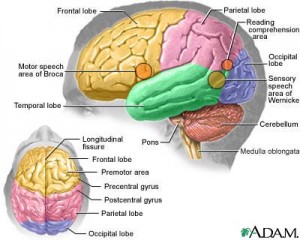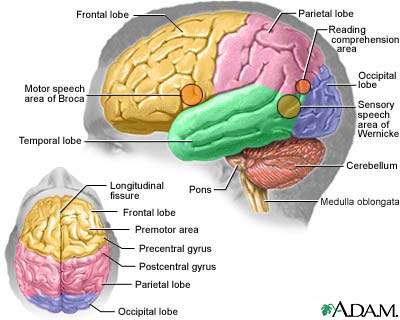 Nursing Interventions: Epilepsy
Nursing Interventions: Epilepsy
- Administer anticonvulsant therapy as prescribed.
- Protect the patient from injury during seizures.
- Monitor the patient continuously during seizures.
- If the patient is taking antiseizure medications, constantly monitor for toxic signs and symptoms such as slurred speech, ataxia, lethary, and dizziness.
- Monitor the patient’s compliance with anticonvulsant drug therapy.
- Teach the patient to take exact dose of medication at the times prescribed.
- Encourage the patient to eat balanced, regular meals.
- Advise the patient to be alert for odors that may trigger an attack.
- Limit or avoid alcohol intake.
- Encourage to have enough sleep to prevent attacks
- Avoid restraining the patient during a seizure.
- Loosen any tight clothing, and place something flat and soft, such as pillow, jacket, or hand, under his head.
- Avoid any forcing anything into the patient’s mouth if his teeth is clenched.
- Avoid using tongue blade or spoon during attacks which could lacerate the mouth and lips of displace teeth, precipitating respiratory distress.
- Protect the patient’s tongue, if his mouth is open, by placing a soft object between his teeth.
- Turn the patient’s head to the side to provide an open airway.
- Reassure patient after the seizure subsides by telling him that he’s all right, orienting him to time and place, and informing that he’s had a seizure.








